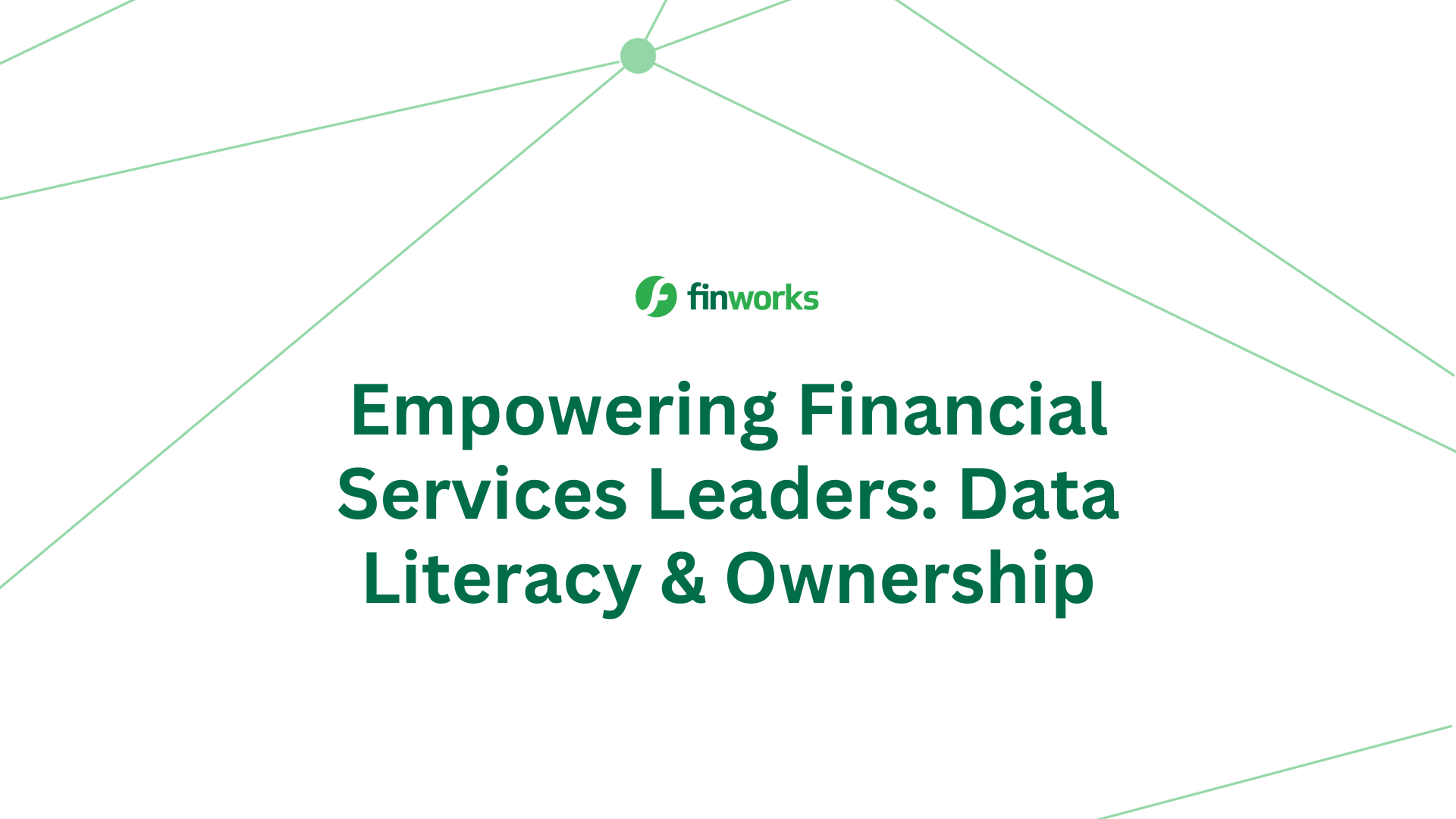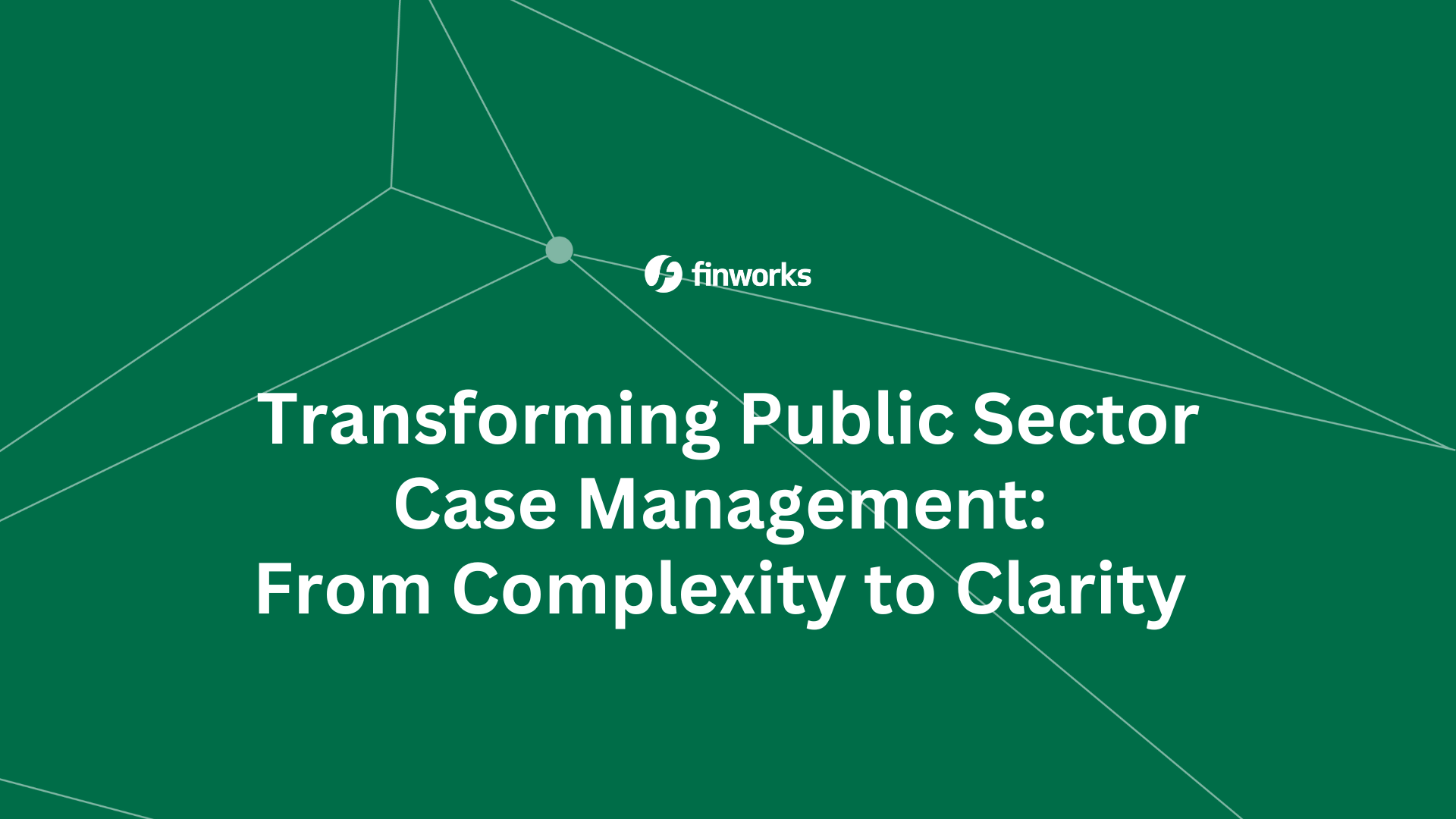How Can the Cloud Ensure and Strengthen Security?
The services deployed in the cloud by financial services organisations are not fundamentally different from those deployed in other industries. Finance companies employ the same cloud services, application architectures, monitoring and observability tools, among others.
However, from a security standpoint, financial services firms have particular challenges in the cloud. These organisations must handle security considerations that do not apply in other industries because of the unique compliance and data protection regulations they must follow.
This article discusses how to ensure and strengthen security in financial companies that can benefit from the cloud while addressing the security issues that come with it.
Cloud Security Implications for Financial Services
As financial services organisations contemplate the transition to the cloud, some important questions emerge: Can the public cloud provide the necessary security for our operations? Can the cloud effectively fulfil our global compliance requirements? This article explores the nuanced considerations and implications surrounding cloud security in the financial sector.
Applying Compliance Rules to the Cloud
Many financial services companies are subject to unique rules which requires specialised security procedures to safeguard applications and data. However, most of these frameworks were developed before the broad usage of cloud computing therefore, they lack guidance on protecting cloud workloads. One example is the Payment Card Industry Data Security Standard (PCI DSS 2006), The result is that individual companies are responsible for interpreting and applying the regulations to cloud settings.
That means that achieving compliance requires the ability to translate pre-cloud security rules into a cloud security strategy. To handle this difficulty, engineers must be thoroughly aware of financial compliance laws and existing security architectures and solutions.
Securing Cloud Data
Part of the reason that applying compliance rules to the cloud can be difficult is that there are sometimes several methods to achieve the same fundamental goal in the cloud - and each option involves different security concerns.
Data can be stored in the cloud, in a database or in a virtual file system linked to a VM. Each cloud data storage solution is vulnerable to distinct types of dangers: for example, weak access controls are arguably the most serious threat to sensitive data in object storage, but malware is more common in file systems accessible from VMs.
This means that financial services firms, which typically face stringent data security standards, cannot rely on generic data protection techniques in the cloud. Instead, they must create nuanced data security techniques that are tailored to their specific cloud data architectures and services.
Security Tools Efficiently
The cloud environment of a financial institution might include dozens of user accounts, hundreds of workloads, and an even larger number of different permissions configurations across all of them. It is simply impossible to manually install security measures to each resource in a system of this scale and complexity. It would take too long, and some resources would certainly be neglected because cloud resources are continually changing.
As a result, financial services firms that rely heavily on the cloud should implement agentless security. Agentless security enables teams to secure cloud workloads in an effective, scalable manner that doesn’t require the deployment of traditional security software on every resource that needs to be protected. Agentless security is a method to ensure that teams can operate efficiently and that no work process falls through the cracks in a large-scale cloud environment.
Unifying Legacy Security with Cloud Security
Another unique security difficulty that some financial services companies confront is the requirement to secure both legacy settings - such as the mainframe infrastructures that large banks and insurance companies continue to employ - and modern cloud environments at the same time. This isn’t easy since the security tools and procedures for each type of environment are quite varied.
This is one additional reason to employ cloud security solutions. The easier and more efficient it is to secure cloud data, the more resources finance firms can invest in safeguarding legacy environments, which sometimes require more time and effort.
To put it simply, streamlining cloud security implies improving security for legacy workloads as well - a crucial advantage for any financial services business that still runs some workloads on legacy infrastructure while moving others to the cloud.
Finworks Expert Tips to Improve Security in Cloud Computing
Finworks, as experts in the field, share valuable insights and tips aimed at enhancing the security of cloud environments. This guide navigates key strategies and considerations to fortify your cloud infrastructure to empower organisations to safeguard their digital assets effectively.
1. Next-Generation Firewall (NGFW)
A Next-Generation Firewall (NGFW) is a network security that extends beyond the capabilities of a conventional firewall by filtering network traffic through a predefined set of rules. Features of an NGFW:
- Block threats at the network edge
- Geolocation
- Reverse proxy/web gateway
- Intrusion detection and prevention systems (IDS/IPS)
- In-line deep packet inspection (DPI)
- Identity and Access Management
2. Multi-Factor Authentication (MFA)
Multi-factor authentication (MFA) enhances security by requiring users to provide multiple forms of identification before having access. Typically, this involves combining the user password with additional security (such as a security token) or something unique to them (like a fingerprint). Benefits of MFA:
- High-level protection
- Ensures consumer identity
- One-time access with time-based codes
- Risk-based access control
- Compliance-based access
3. Streamline Identity and Access Management (IAM)
IAM involves efficiently managing and controlling user access rights. This ensures that users have fine-grained levels of access to only the resources needed for their roles, reducing the risk of unauthorised access.
- Restricted access
- View-only access
- Platform-based access
- Defined sharing rights
4. Monitoring & Logging
This practice helps to identify unusual patterns of potential security breaches and provides an audit trail for analysis. All occurrences, from logins to firewall changes, are recorded in chronological sequence. The log events provide indicators of potential risks. You can respond to security threats with better precision if you have precise insights into your data.
5. Cloud Visibility & Control
Cloud visibility encompasses the capability to observe all your operations within the cloud. This helps in recognising suboptimal performance and potential hazards in cloud deployment. Upon identifying issues affecting the process, you can implement policies to regulate and mitigate these risks. The process is as follows:
- Prevention: Address dangers in cloud systems.
- Detection: Detect an attack before it becomes a data breach.
- Correction: Reduce the impact of an attack after it has occurred.
6. Ensure Compliance with Data Protection Regulations
Ensuring Compliance with Data Protection Regulations involves aligning cloud security practices with relevant data protection laws. This ensures that data handling and processing adhere to legal standards, reducing the risk of regulatory penalties. The data protection process consists of the following steps:
- Encryption of data
- Access management
- Endpoint protection
- Monitoring
7. Ensure Data Security
Implementing robust data security refers to the process of keeping your data centres safe from illegal access. The process includes:
- Risk analysis
- Data masking
- Data encryption
- Access control policies
8. Use Cloud Automation
Using cloud automation involves leveraging automated processes to manage and secure cloud environments. This improves efficiency and reduces the risk of human error in configuring and maintaining security settings. Cloud Automation can:
- Boost security controls
- Prevent misconfigurations.
- Maintain compliance at all levels.
- Reduce the consequences of data theft
- Secure deployments during the development process
9. Cloud Security Training for Employees
A company’s cloud security is a shared responsibility. Untrained or new staff may jeopardise your data. Your staff must be aware of their security duties. They should be able to recognise and avoid cyber intrusions. Employee cloud security training includes the following topics:
- Responsible use of email and the internet: This includes specifying the security protocols for internet use.
- Sharing: Train employees on the proper way to share information both within and outside of the firm.
- Social Engineering: Train people to recognise internet threats such as spamming and phishing.
- Compliance: Regulation like GDPR training for your personnel.
10. Off-boarding Process for Departing Employees
Implementing an off-boarding process for departing employees ensures that access privileges are promptly revoked when an employee leaves the organisation. An efficient off-boarding procedure should include the following steps:
- Restrict access to apps and data.
- Transfer or remove user credentials.
- Employee account activity should be tracked and reviewed.
- Return the provided devices to the employee.
How does Finworks provide cloud computing security?
The financial services sector encounters persistent challenges in recruiting and retaining skilled professionals for overseeing cloud migration. Furthermore, cloud services often lack uniformity across providers and may not prioritise user design or clarity.
Finworks is an expert in assisting financial organisations in fortifying their data resilience while retaining control over their data within cloud and hybrid-cloud settings. Our data management expertise, equipped with data quality capabilities, high availability, seamless integration, and enterprise-grade security, empowers financial services companies to uphold the accuracy, privacy, and accessibility of their crucial cloud data.
Contact us and explore our data management expertise for robust data protection in the ever-evolving cloud landscape.

-1.png)


